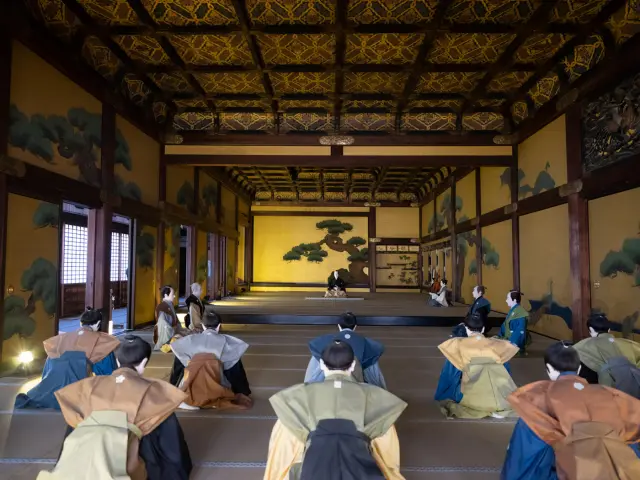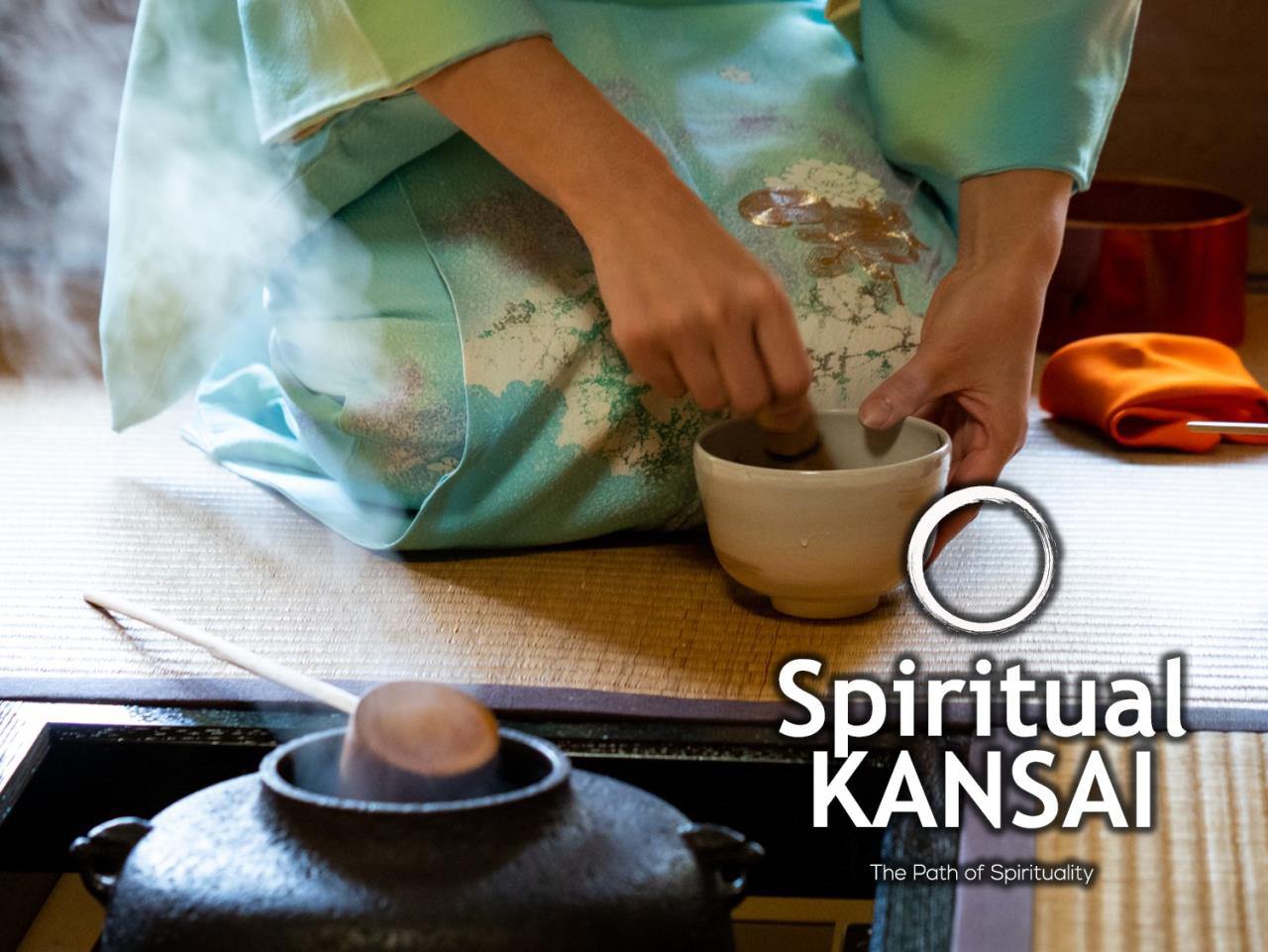
Spiritual KANSAI Series Blog13 : Wanderings through Wabi-sabi 2
Last update
The Kansai region is a sacred place for Japanese spiritual culture, and Kansai is full of genuine hospitality. We tried to extract various themes and put them together in columns under the title of "Spiritual KANSAI". In this blog series, we will introduce these columns in order. The series is " Wanderings through Wabi-sabi ". (The following text is quoted from the Spiritual KANSAI column page (https://www.the-kansai-guide.com/en/column/item/sk_detail14/) of this site)
***************************
Wanderings through Wabi-sabi 2
Blog for “Wanderings through Wabi-sabi1”is here
In 538(or 552) Buddhism was introduced to Japan from Korea, and with it art and culture began to flourish in Japan. The history of Buddhism in Japan is complex, but one of the most important concepts, which was to go on to heavily influence Japanese aesthetic, was the concept of “ku”, and the Heart Sutra. The Heart Sutra says that all things are empty, and constantly changing, which reinforced the understanding of transience the Japanese already had in their view of nature. As Buddhism spread, and Japanese society became more sophisticated, so contact with the outside world increased. In 758 the Great Buddha Hall at Todai-ji was opened, and was to remain the largest wooden structure in the world right up until 1998. And it held the largest bronze statue in the world, the great Buddha. It is said that people travelled from all over the world along the Silk Road for the opening of the Great Buddha Hall, and the central courtyard was the venue for one of the largest international festivals of music and prayer the world had ever seen. Certainly, by this time Japan was well aware of cultures and thought from around the world. But where the continent and cultures further west focussed on solid, man-made expressions showing off man’s ability to capture nature in all its perfection, the Japanese preferred to work with less concrete materials that changed over time, mainly wood and paper. The Great Buddha at Nara and its counterpart in Kamakura are anomalies - there are very few bronze or stone art works in Japan. Certainly the Japanese were technically capable of producing them, and yet they chose not to. Similarly with architecture. It is often said that Japanese house are made of paper and wood because the country is so prone to earthquakes, but so are the Korean peninsular and China, so that theory doesn’t really stand up. And again the Japanese were well aware of stone architecture, and had plenty of stone to work with, but they chose to work with wood.
In art works, too, images of transience and change were common. The Tale of Genji, written in 1008, is full of references to autumn, and “ahare” - sorrow and pathos. Similarly, the only piece of pottery from the same period to be an important National Treasure is a large pot, decorated with a simple scratched line motif representing autumn grass. The Japanese were certainly not averse to elaborate decoration and grandeur, but above all, rather than a “host of golden daffodils”, it was in a single, fragile autumn leaf at the very end of its life that they found beauty at its pinnacle.
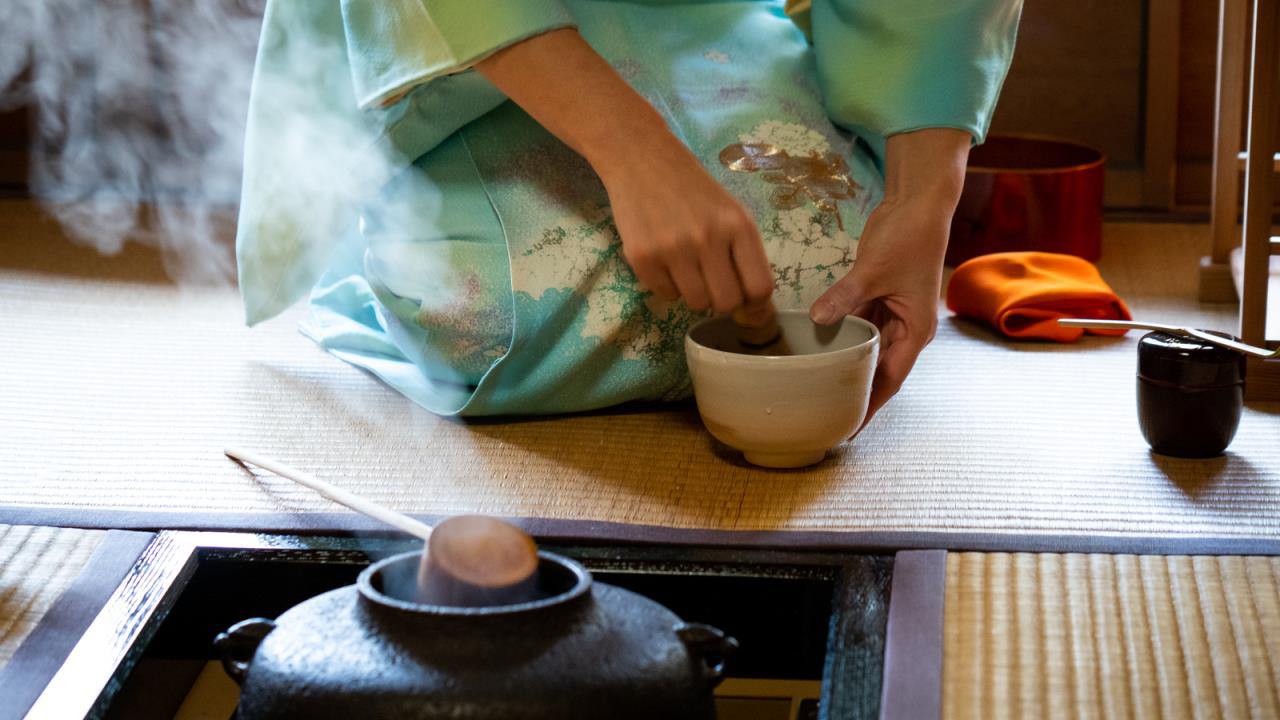
But in the end it was politics which was to secure wabi-sabi at the heart of the Japanese aesthetic. Politics, and tea. Tea had been introduced to Japan from China in the Nara period in the 9th century, and as tea became more popular the focus began to move from the tea itself to the utensils used in preparing and drinking it. A sophisticated aesthetic, combining tea and the Japanese taste for transience, began to build up and by the 15th century it was combined with a revitalized Zen Buddhism to become a form of spiritual practice based on tea drinking. In the late 16th century Sen no Rikyu became tea master to the great daimyos Oda Nobunaga, and then Toyotomi Hideyoshi. Rikyu developed and refined the rustic tea room and simple tea bowl still known today that are perhaps the most obvious expressions of wabi-sabi, but at the same time Hideyoshi was using the tea ceremony to cement his power across the country, and as tea and politics became inseparable, so Hideyoshi’s flamboyant tastes and the rustic simple style of the tea ceremony were more and more at odds. So important was the tea ceremony to Hideyoshi’s power base, that, fearful he would be undermined, he ordered Rikyu to commit seppuku - ritual suicide - and the Way of Tea was nearly lost for ever, and with it the ultimate wabi-sabi expression.
But instead wabi-wabi became something of a symbol of anti-authority, and as Hideyoshi’s power waned and Tokugawa Ieyasu took charge of the country, so tea and wabi-sabi began to spread through society. Ieyasu established a firm class system of samurai, farmers, artisans and merchants, and then Kobori Enshu, who we met at the beginning, began to introduce the tea ceremony to the samurai classes, and with it the concepts of “wabi-sabi” and “kirei-sabi” became a mainstay of the Japanese way of life.
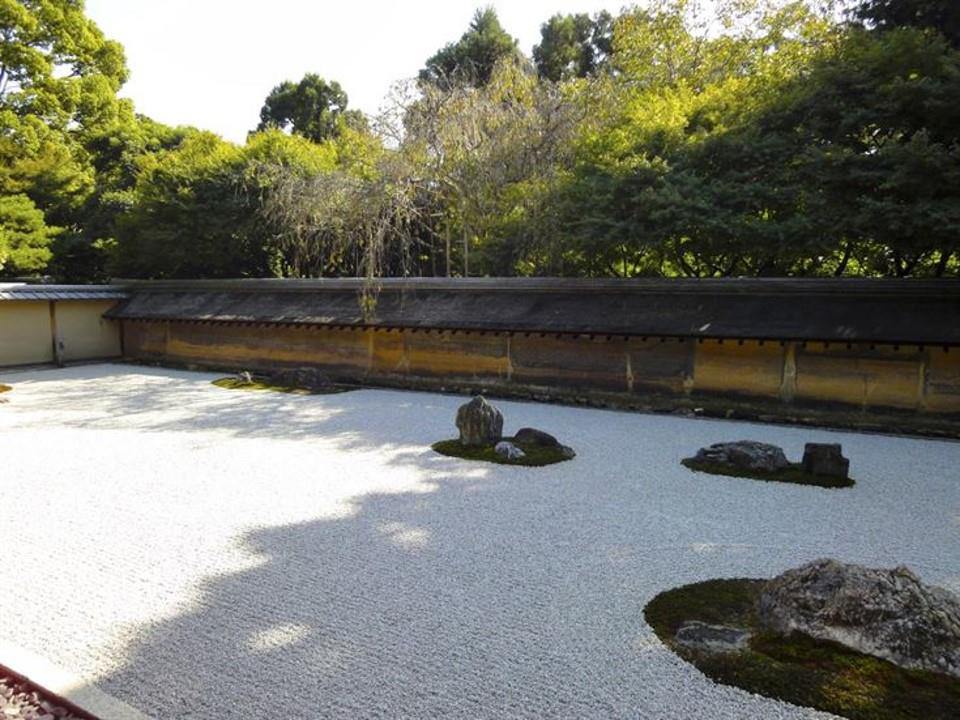
It is this wabi-sabi, perfected in the 16th century, that is still to be found all over Japan today, in between the vending machines and convenience stores. On a quiet afternoon at Ryoan-ji temple in Kyoto, you can still sit in front of the karesansui rock garden, built over 500 years ago, and as you gaze allow your imagination to fill the simple rocks and gravel. Wabi-sabi may be difficult to put into words precisely because, just like the rock garden, it is a half-prepared canvas, designed with just enough to inspire each of us to complete it with our own thoughts and experiences, only to discover our experiences are insufficient and irrelevant, and can be thrown out and returned to emptiness. Zen.
Check also...

Fastest & Cheapest Ways to Travel! A Guide to Getting from Tokyo to Osaka
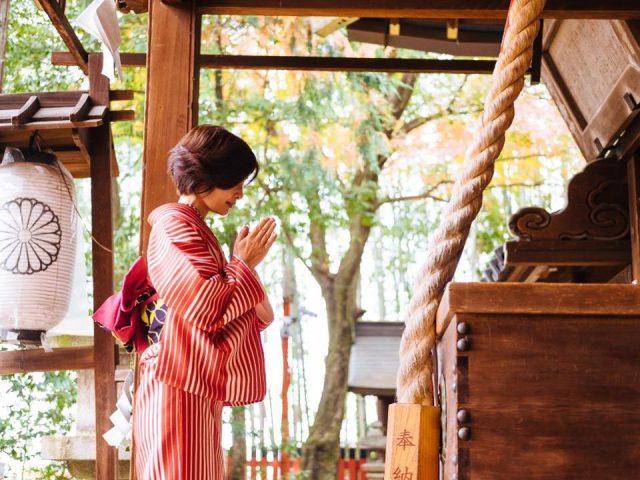
The Basics of Shrine Visiting! Must-Know Information and Some Recommended Shrines in Japan

Consider your accommodation in the Kansai area!

Restrictions on Large Baggage

Hidden Stories in Stone: Exploring Japan’s Castle Walls

Feel Like a Lord: Castle with Stunning Panorama Views

Experience the True Essence of Japan through Castles, Cultural Treasures, and Timeless Gardens
